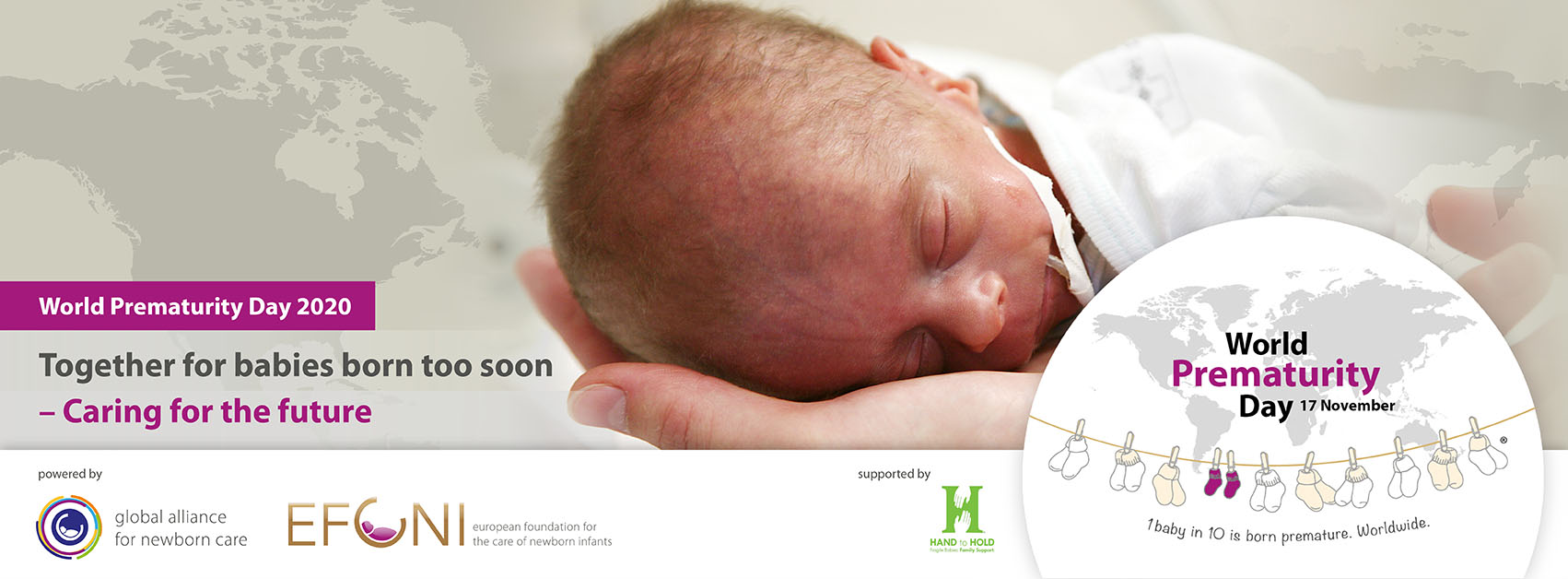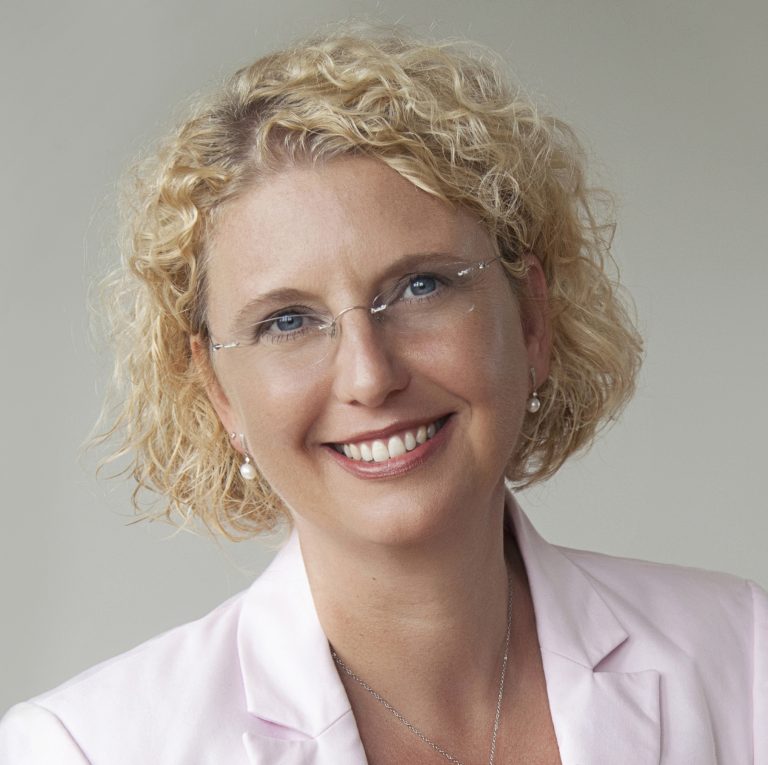
Approximately 1 in 10 babies are born prematurely each year. That amounts to approximately 15 million babies worldwide. Until you had a preemie or knew someone who did, you may not have even been aware of World Prematurity Day, a day to raise awareness of preterm birth and the concerns of preterm babies and their families worldwide.
In honor of World Prematurity Day, we spoke with Silke Mader, Chairwoman of the Executive Board and co-founder of the European Foundation for the Care of Newborn Infants (EFCNI). Ms. Mader, along with her team at EFCNI and partnering European Parent Organizations, initiated World Prematurity Day in in 2008.
 How did you become involved with EFCNI?
How did you become involved with EFCNI?
The history of EFCNI starts with my very own personal experience: In 1997 I was pregnant, expecting twins. What was supposed to be a happy experience turned out to be a tragically life-changing one. Due to severe preeclampsia, the babies were delivered at 25 weeks of pregnancy. One of them, my daughter. did not survive.
Our son is now a young man attending university. However, it was a long and not seldom, troubled road for our entire family to get there. Already back then in the hospital, little information about the new situation, the wellbeing of my children, my own physical condition, appropriate treatment, the lack of
psychological as well as social support determined our family’s life, even after discharge.
Shaped by this personal experience, I acted and joined a local parent initiative in Munich, Germany. Some years later, after having become the head of the national parent organization in Germany, I felt the need to found an organization that pushes a social change forward.
Can you tell us about the reasons and the steps you took to co-found EFCNI?
After having led the national parent organisation in Germany for many years, I cofounded EFCNI. The idea of establishing a group that acts politically on a European level seeking to achieve significant changes in the healthcare system was born. Together with like-minded supporters, we took steps to bring fighting for preterm babies and their families to a European agenda.
However, we started with a great idea, but without any single cent in the bank. It took us about eight months to get the first funding. Furthermore, bear in mind that at that time we were only two young persons: a young neonatologist and me – young with a great and ambitious idea, but no one knew us. They pretty much ignored us all.
Then there was the economic crisis in 2009, and thus all our achievements were nullified within a year, and we had to start all over again in 2010. In the beginning, of course, no one thought we could do it, and they have been all underestimating us. Since its establishment in 2008, EFCNI has grown into a renowned organization and advocate for preterm babies, sick newborns and their parents in Europe and meanwhile world-wide.
How did World Prematurity Day come about? How does one start a world-wide day of
recognition? What was your goal in creating this day?
World Prematurity Day was initiated in 2008 by EFCNI and partnering European Parent Organizations during our first Parent Organization Meeting in Rome. The date, 17 November, was chosen as it’s the birthday of the daughter of the first Trustee Board chair of EFCNI. They had lost triplets due to preterm birth, and so the birth of their healthy daughter was a reason to celebrate. The day was originally named International Prematurity Awareness Day.
The community grew bigger when the international co-founders LittleBigSouls (Africa), March of Dimes (USA) and National Premmie Foundation (Australia) joined the celebrations and made World Prematurity Day an intercontinental movement and renamed it in 2011.
WPD is one of the most important days in the year to raise awareness of the challenges and burden of preterm birth globally. Meanwhile, countless individuals and more than 170 organizations from more than 100 countries join forces with activities, special events and commit to action to help address preterm birth and improve the situation of preterm babies and their families worldwide.
Why is purple is the official color for World Prematurity Day?
Purple is the symbolic color of World Prematurity Day, representing sensitivity and individuality, two of the characteristics of preterm infants. Together with the “socks line,” it has become a symbol for World Prematurity Day. The small pair of purple socks framed by nine full-size baby socks symbolizes the 1 in 10 babies born preterm worldwide.
How has raising awareness improved support and education for other preemie parents?
Making the patient’s voice heard has been paramount for EFCNI and we put a lot of effort in it. In 2008 we started with 25 participants from 14 organizations at our annual Parent Organization Meeting, now more than 60 attendees from about 30 countries come together for and are learning from and discussing with invited experts. In addition, EFCNI has also been organizing workshops and trainings for parent organizations on fundraising, social media management, media relations, research or project management, best-practice sharing, and more throughout the year – face to face and digitally.
When you look to the future, what is your hope for World Prematurity Day? For NICU and bereaved parents? For NICUs and NICU professionals? For policies?
For World Prematurity Day, we think it is key that on this day we keep increasing the worldwide awareness for all babies even further, to give every baby the best start in life no matter where they are born.
From my own experience I know that a strong partnership between healthcare professionals and parents is the best way to face the emotional roller coaster ride of a preterm or sick baby and to overcome all the obstacles.
Equally important is that in the future we raise all these topics even more in public and promote them. In fact, we all need to talk more about birth, women, families, etc. and not treat some topics as a stigma. The more we talk about it, the easier and more normal it becomes for all of us.
Cooperation is essential for success. If we want to make a societal change and improve the situation for every newborn, we also need to think in larger terms and must all – parents, professionals, researcher and other stakeholders – work together to ensure a long-term and mutually fruitful partnership and improvement. Everyone can be a change maker!
